Keep Restaurant Equipment Safe: Proper Use of a Breading Station
May 7, 2018Keeping food safe and sanitary is vital for any restaurant.
A lot foodborne illness isn’t the result of the food itself, but rather a misuse of restaurant equipment that causes contamination.
A breading station is a piece of equipment that has a lot of opportunity for cross-contamination, since raw meat is used in it regularly. Make sure your policies and procedures reflect up-to-date safety standards and are strictly enforced.
What Foodborne Illness Can Do to Your Restaurant.
Your restaurant cannot afford to be known as the site of an illness outbreak due to carelessness. If negligence can be proved, you can be found liable for the sick person’s missed work, medical costs, and even long-term health.
There will be a lot financial consequences beyond the illness as well. You could be subject to regulator’s fines, increased insurance premiums, and may have to retrain your staff or close your restaurant temporarily.
In addition, you’ll suffer terrible bad press that can impact earnings for months or even years. In fact, being known as the source of foodborne illness due to misuse of restaurant equipment can cause your business to fail completely.
Foodborne illness can also affect your employees. If a staff member gets sick due to poor food hygiene, you’ll have to replace their hours and help others cover their work. You may even have to handle a worker’s compensation claim.
Avoid all of these by posting and enforcing food safety rules!
Breading Station Safety
In a commercial kitchen, your fryer can include a breading station right in front of the basket. This type of restaurant equipment helps ensure safety by minimizing the transport of raw meat, as well as keeping meat off of counters.
The breading station should be a removable bowl or basin. The breading mix, perhaps flour and seasonings, is placed in the basin. From there your cooks add the food and deposit it straight into the fry basket.
The first things that all fry cooks should know is to never mix meats in the same breading bowl, and to never follow meat with a vegetable. The breading basin should be replaced or dumped out and thoroughly washed before a new product is breaded.
Between batches of the same meat or vegetable, the breading mix must be kept colder than 41 degrees F. However, breading mix should never be kept overnight.
To help enforce these policies, remind your staff that it’s for their safety as well as the safety of the guests. It really does matter if you leave the flour out “just a few minutes” – anyone can get distracted. The kitchen manager should also make sure restaurant equipment and breading basins are clean and available so no one is caught short.
Get the Right Restaurant Equipment For Your Kitchen
At Tipton Equipment, we want to make it easy for you to find all the pieces your kitchen needs. We offer a wide variety of restaurant equipment, from grills to fryers to breading stations and more.
We’d love to help you outfit your restaurant with the best equipment available. Contact us today and let us know your needs!
Roast: What’s Wrong With The Honeymooner’s Kitchen? Kitchen Supplies
Welcome to our new series, “Roast and Toast”! Each month we’ll feature one kitchen that we love and one that… well, could use improvements. The kitchens we feature can come from anywhere – TV, films, popular culture, you name it. We’ll talk about what we love and what...
Restaurant Supplies: The Growing Menu Role of Specialty Cheeses
As a commercial restaurant owner or manager, you might wonder what you can do to revive your menu a bit. There are a lot of fun ways to diversify your menu, but one trend you might have noticed is the growing role of specialty cheeses. We’ve all used common cheeses,...
It’s a Toast: Why We Love the “Friends” Kitchen
Welcome to our new series, “Roast and Toast!” Each month we’re going to feature one kitchen we love and one kitchen we hate. It can be from anywhere – a sitcom, a cooking show, a cartoon, a movie, or any other screen you’d see one on! We’re starting off with a toast...
Ready to Open a Second Restaurant Location?
If your current restaurant is booming, it might be time to consider a second location. Congratulations on your current success – you’ve already beaten the odds! Opening a second location can be easier than your first one – you’ve already worked out a lot of the kinks....
The One Product to Boost Convenience Store Sales
Is there one product that can single-handedly make or break the success of your convenience store? A lot of store owners would say no. When they look at their store, they see products coming from hot dish foodservice equipment, shelves, and a variety of categories...
Restaurant Equipment Spotlight: Gas vs. Electric
Does your Little Rock restaurant use gas or electric restaurant equipment? In all likelihood you made this decision a long time ago, but it’s one that can always be reconsidered. There are benefits to both. If you’re opening a new restaurant location, it’s vital to...
Restaurant Equipment: Self-Ordering Technology
One of the biggest challenges of running a restaurant is keeping up with all the technology and restaurant equipment that is available. You might have thought when you opened your location that you could run things basically the same way for decades. While they may...
Four Tips to Opening a Successful Restaurant
Have you been dreaming about bringing your food expertise to the forefront of you life? Many people have thought about opening their own restaurant. Folks don’t follow through for a variety of reasons – money, fear, or simple inertia. You can be different, though. You...
The Case for Timeless Restaurant Décor
What’s the newest trend in restaurant décor? Evidently, people are loving “Millennial pink,” and they’re using it for everything. If you’re trying to keep up with what’s hot, you better get some new restaurant supplies right away! And remember, this isn’t just any...
Deep Fry Safely & Efficiently
When it comes to kitchen equipment, knowing how to use it correctly is vital. Not only does it keep your employees safe, it ensures that the food comes out well and that your equipment last a long time in good condition. Using a deep fryer may seem pretty simple, and...
Should You Buy Closeout Restaurant Supplies?
As a restaurant owner, you, of course, want to save money in any way possible. Restaurant margins are known for being razor-thin, so every dollar counts. Because of this, you might be tempted when you see a closeout deal for restaurant supplies. After all, you can get...
Choosing Environmentally Friendly Restaurant Supplies
There’s been a lot of controversy recently about restaurant supplies and how they affect the environment. The current focus is on plastic straws, but the same conversation has been had about Styrofoam and a variety of other materials. Can you choose environmentally...
Restaurant Supplies to Prepare Your Location for Spring
In March you can begin to feel warmer weather around the corner here in Little Rock. After all, the groundhog didn’t see its shadow this year, so we’re in for an early spring, right? As you think about how to prepare your restaurant for spring, think about getting the...
Proper Use of Cutting Boards
Food safety is vital to every restaurant – consistent inspections make sure of it! Unfortunately, the day-to-day operations can sometimes mean that safety falls through the cracks. One thing that can get overlooked in a busy kitchen is the safe use of cutting boards....
Four Myths About Food Trucks
You probably know that the food truck industry is booming – it’s grown by 7.3% in the last five years and shows no signs of slowing down. That makes it an attractive industry for anyone interested in serving food – from established restaurants to new entrepreneurs....

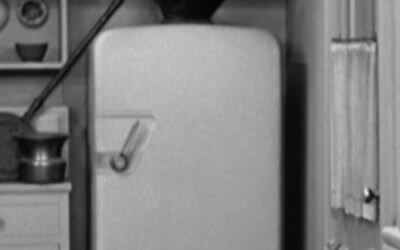
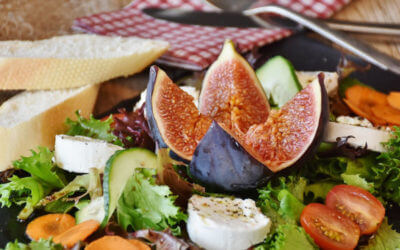
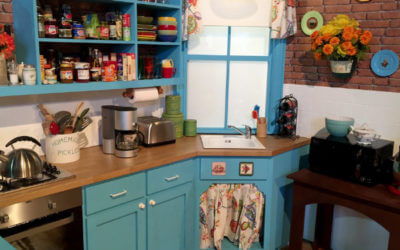
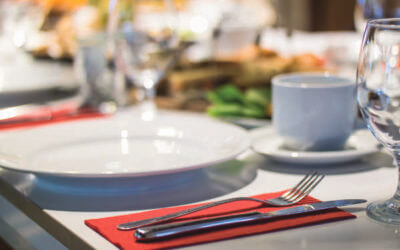

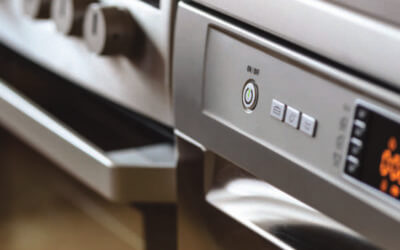



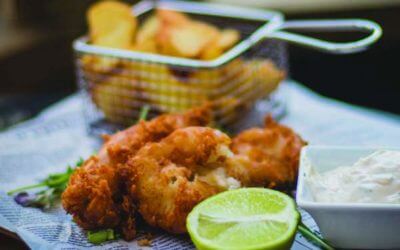

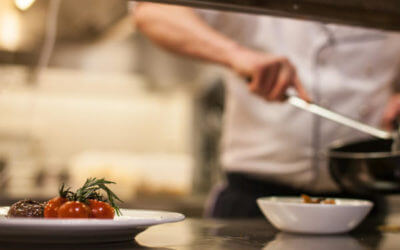
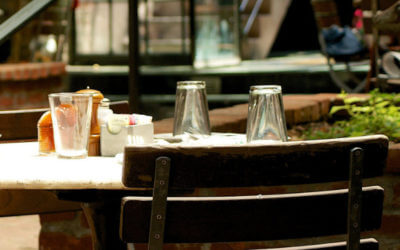
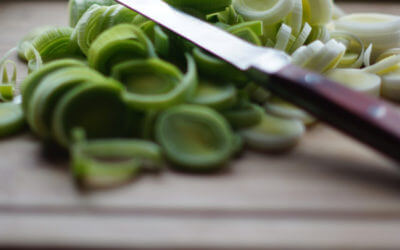
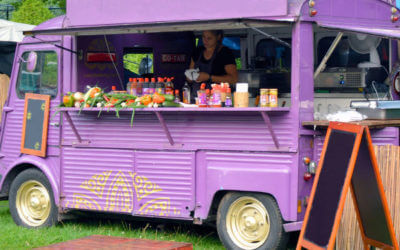
I applaud the writer for shedding light on this topic and emphasizing the significance of keeping restaurant equipment safe. Found the tip to never mix meats in the same breading bowl, and to never follow meat with a vegetable in order to avoid cross-contamination quite useful. In conclusion, mastering the art of breading goes beyond creating mouthwatering dishes; it involves a deep commitment to safety and best practices.